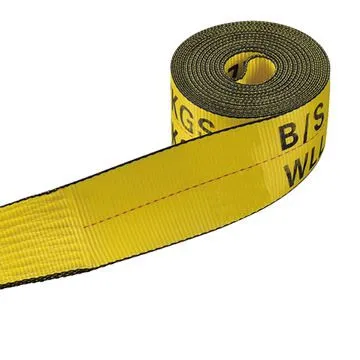- Afrikaans
- Albanian
- Amharic
- Arabic
- Armenian
- Azerbaijani
- Basque
- Belarusian
- Bengali
- Bosnian
- Bulgarian
- Catalan
- Cebuano
- Corsican
- Croatian
- Czech
- Danish
- Dutch
- English
- Esperanto
- Estonian
- French
- German
- Greek
- Hindi
- Indonesian
- irish
- Italian
- Japanese
- Korean
- Lao
- Malay
- Myanmar
- Norwegian
- Norwegian
- Polish
- Portuguese
- Romanian
- Russian
- Serbian
- Spanish
- Swedish
- Thai
- Turkish
- Ukrainian
- Uzbek
- Vietnamese
Août . 08, 2024 04:50 Back to list
Choosing the Best Hangers for Your Ceiling Tiles Installation Project and Enhancing Aesthetics
The Importance of Ceiling Tiles and Their Hangers in Modern Construction
In the realm of modern construction and interior design, ceiling tiles have emerged as a popular choice for homeowners and businesses alike. These versatile panels not only enhance the aesthetic appeal of a space but also contribute to sound absorption, thermal insulation, and fire resistance. However, the effectiveness and longevity of ceiling tiles largely depend on the quality and functionality of their hangers.
Understanding Ceiling Tiles
Ceiling tiles come in a variety of materials, including mineral fiber, metal, gypsum, and PVC. Each material offers unique characteristics that can suit different environments. For instance, mineral fiber tiles are appreciated for their acoustic properties, making them ideal for office spaces where noise control is vital. Metal tiles, often used in commercial settings, are valued for their durability and modern look.
The Role of Hangers
While ceiling tiles play a significant role in a room's design and functionality, the hangers that support these tiles are just as crucial. Hangers are the hardware components that secure the tiles in place. They ensure that the tiles remain suspended at the desired height and can withstand various loads and stresses.
The most common type of hanger used in ceiling tile installations is the T-bar grid system, which consists of main tees and cross tees that create a grid-like framework. This system is efficient because it allows for easy installation and replacement of tiles. Moreover, it provides an even distribution of weight, minimizing the risk of sagging or dropping tiles.
Choosing the Right Hangers
ceiling tiles hangers

Selecting the right hangers for ceiling tiles involves considering several factors. First, the weight of the chosen ceiling tiles should align with the hangers’ load-bearing capabilities. For heavier tiles, sturdier hangers made from thick metal are recommended.
Secondly, the specific environment plays a significant role in hanger selection. In high-moisture areas, such as bathrooms or kitchens, corrosion-resistant materials are essential to prevent deterioration over time. Hangers made from galvanized steel or stainless steel are ideal for these situations.
Installation Considerations
Proper installation of both ceiling tiles and their hangers is crucial for achieving optimal performance. The hangers should be installed according to the manufacturer's specifications to ensure stability and safety. Additionally, a level installation is necessary to avoid unsightly gaps or uneven surfaces, which can detract from the overall aesthetic.
It is also important to consider accessibility. Suspended ceilings should allow for easy access to ducts, plumbing, or electrical systems above. Designers and builders should keep this in mind when planning the layout of the grid and placement of tiles.
Conclusion
In summary, ceiling tiles and their hangers are integral components of modern construction that extend beyond mere decoration. They provide functional benefits such as sound absorption, insulation, and fire safety while enhancing the overall aesthetics of a space. Choosing the appropriate hangers and ensuring their proper installation is essential for maximizing the effectiveness and lifespan of ceiling tiles. As architectural designs continue to evolve, the importance of thoughtful consideration regarding ceiling solutions will remain paramount in creating functional and beautiful interiors. Whether for residential or commercial spaces, investing in quality ceiling tiles and hangers will pay off with enduring style and performance.
-
Mineral Fiber Ceiling Tiles Embossed Surface PatternNewsAug.05,2025
-
Mineral Fiber Board Xingyuan Vision for Better SpacesNewsAug.05,2025
-
Drop Down Ceiling Tile Office Use FitNewsAug.05,2025
-
PVC Gypsum Ceiling White Base ColorNewsAug.05,2025
-
Access Panel on Ceiling Xingyuan Integrity EthicNewsAug.05,2025
-
Ceiling Trap Doors Fire Resistant DesignNewsAug.05,2025







